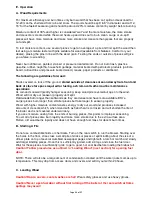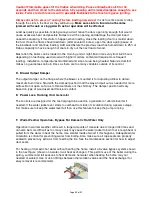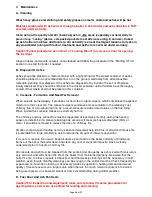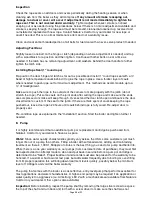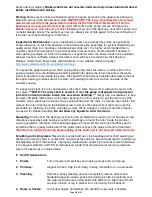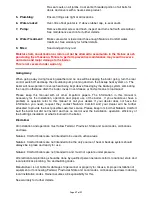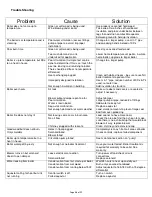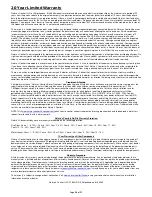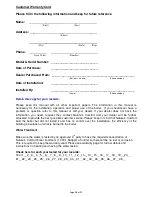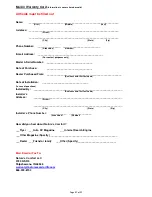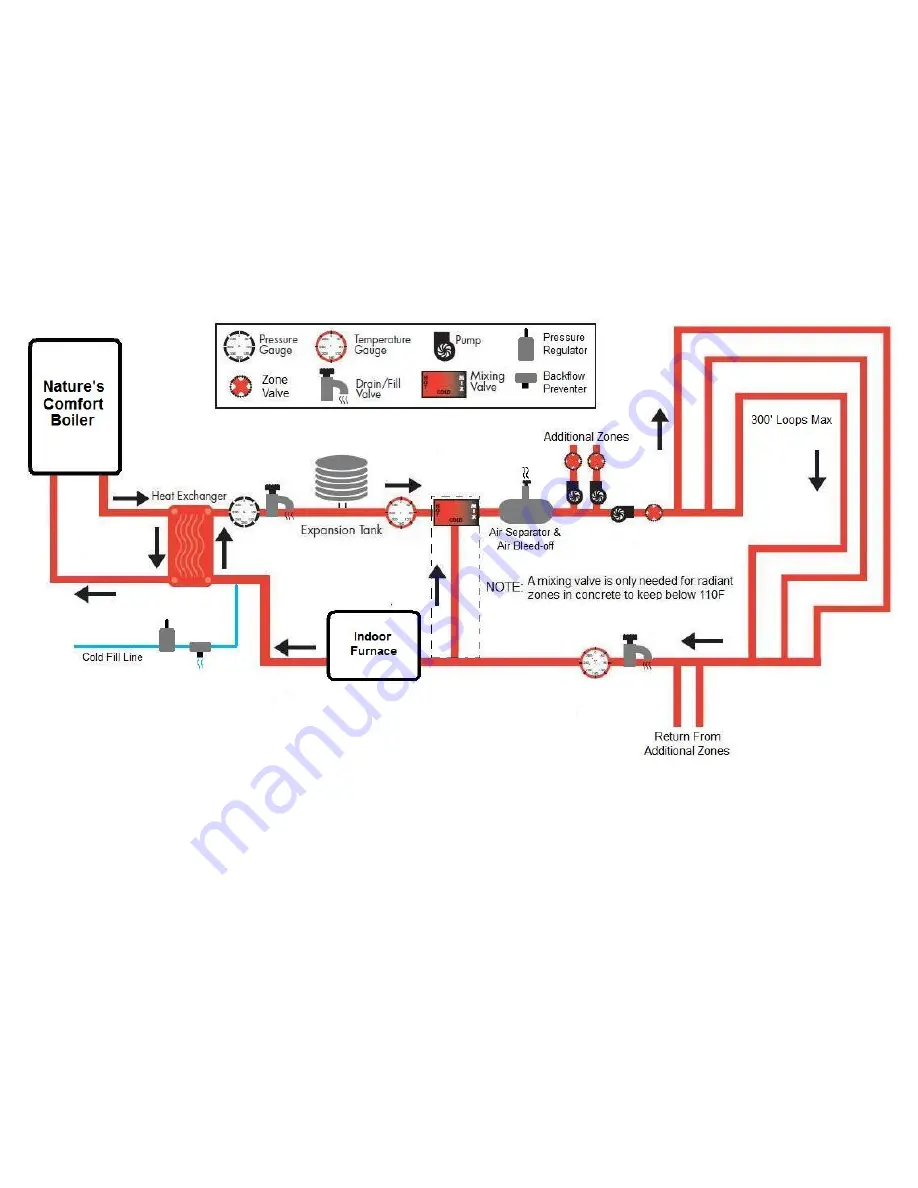
Page
16
of
31
Crimp the sheet metal to the edge of the heat exchanger (item G) using channel-lock pliers. This
not only forms a virtually airtight seal, but also supports the heat exchanger as well.
J. Adjusting Plenum Air Flow
The motors on most force air furnaces have three speeds to provide various rates of air movement.
Please consult a local furnace specialist if you want to change the airflow of an existing furnace
system.
K. Installing On An Existing Indoor Boiler
The NCB boiler may be connected to an existing boiler system. A water-to-water plate heat
exchanger is needed to transfer heat from the outdoor boiler to the indoor hydronic system so that
the two systems remain isolated (see next diagram).
As shown in the above figure, the two systems are totally isolated from each other so that the
existing hydronic system remains undisturbed and functions exactly as it did before. Water that
circulates through the outdoor boiler is never circulated through the home’s
hydronic system or
vice-versa.
All pumps and controls remain essentially the same on the existing system but you will need to
keep the burner on the indoor boiler from firing. This can easily be done by strapping a thermal
snap disc limit control to the incoming line from the outdoor boiler and wiring it in series with the
indoor boiler’s aquastat (see next drawing). This provides the means to solely heat the home with
the outdoor boiler if the water on the incoming line is over 140F. If it ever falls below 120, the indoor
burner will fire again to keep the home warm and also reverse heat the outdoor boiler to keep it
from freezing.





















